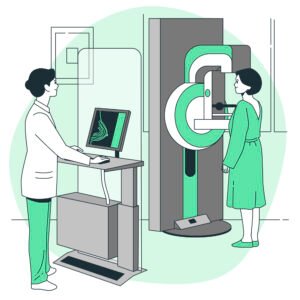OPG X-ray
 An OPG (Orthopantomogram) X-ray, also known as a panoramic dental X-ray, is a specialized dental radiographic technique that provides a wide, panoramic view of the entire mouth, including the teeth, jaws, and surrounding structures. Here’s some important information about OPG X-rays:
An OPG (Orthopantomogram) X-ray, also known as a panoramic dental X-ray, is a specialized dental radiographic technique that provides a wide, panoramic view of the entire mouth, including the teeth, jaws, and surrounding structures. Here’s some important information about OPG X-rays:
Purpose:
- Assessment of Dental Health: OPG X-rays are commonly used by dentists to assess the overall dental health of a patient. They can help identify various dental issues, including cavities, gum disease, and signs of oral cancer.
- Orthodontic Treatment: Orthodontists use OPG X-rays to evaluate the alignment of teeth, jaw relationships, and the need for braces or other orthodontic treatments.
- Oral Surgery: Oral surgeons use OPG X-rays to plan for procedures such as wisdom teeth extraction, dental implants, and other surgical interventions in the oral and maxillofacial area.
- Temporomandibular Joint (TMJ) Disorders: OPG X-rays can reveal issues with the TMJ, helping in the diagnosis and treatment of conditions like temporomandibular joint disorder (TMD).
Key Features:
- Wide Coverage: OPG X-rays capture a wide, panoramic view of the mouth and surrounding structures in a single image. This eliminates the need for multiple individual X-rays.
- Low Radiation Exposure: OPG X-rays use relatively low levels of radiation, making them a safe diagnostic tool.
- Non-Invasive: Patients do not need to bite down on any film or sensor; they stand or sit in a specified position while the X-ray machine moves around them.
- Quick and Painless: The procedure is usually quick, painless, and requires no special preparation. Patients may be asked to remove any jewelry or metal objects around the head and neck area.
Common Uses:
- Assessing Tooth and Gum Health: Detecting cavities, periodontal disease, and other dental problems.
- Impacted Teeth: Identifying impacted or partially erupted wisdom teeth.
- Orthodontic Assessment: Evaluating the position and alignment of teeth for orthodontic treatment planning.
- Oral Surgery Planning: Assisting in the planning of oral and maxillofacial surgeries.
- Jaw Disorders: Diagnosing TMJ disorders, fractures, and other conditions affecting the jawbone.
- Tumor and Cyst Detection: Identifying abnormalities, such as tumors or cysts in the jaw and mouth.
OPG X-rays are a valuable tool in dentistry and oral healthcare, aiding in diagnosis, treatment planning, and monitoring of various conditions. They offer a comprehensive view of the oral and maxillofacial region, which is essential for providing effective dental and oral healthcare services.
